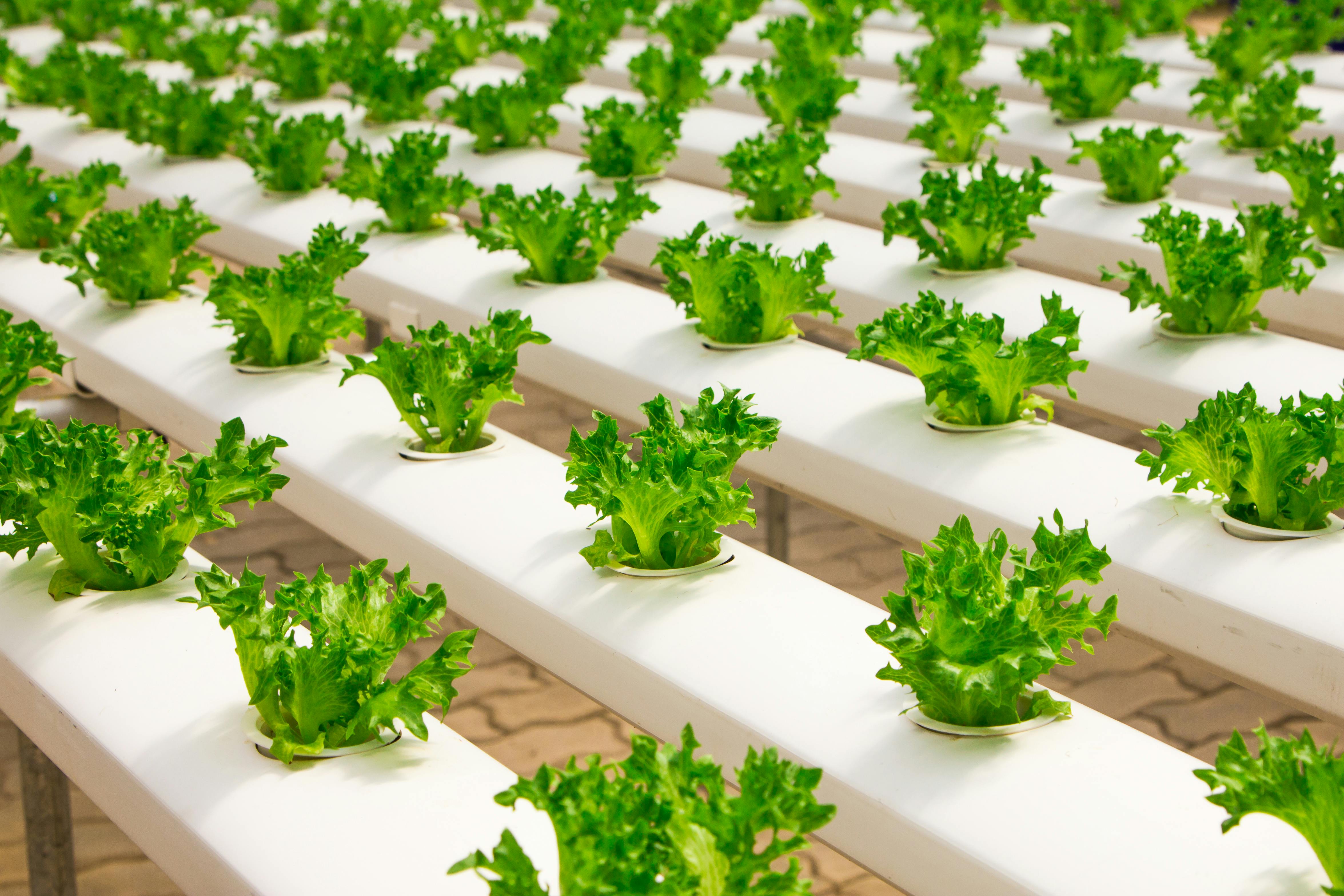Lettuce (Lactuca sativa) is an annual plant of the daisy family, Asteraceae. It is most often grown as a leaf vegetable, but sometimes for its stem and seeds. Lettuce is most often used for salads, although it is also seen in other food, such as soups, sandwiches and wraps. One variety, the wilt-resistant lettuce, is grown for its oil-rich seeds.
Lettuce is a cool-weather crop that does best in spring or autumn. In warm weather, it quickly bolts, producing a tall flower stalk with yellow flowers. It is a self-pollinating plant, but cross-pollination by bees often occurs. It is a fast-growing crop that does not require a lot of space, making it a great option for those with limited gardening space. Lettuce can be grown in both raised beds and in-ground gardens.

The main types of lettuce are:
- Head lettuce, such as iceberg and Romaine, which have a tight head of leaves.
- Loose-leaf lettuce, such as green and red leaf, which have loose, open leaves.
- Butterhead lettuce, such as Boston and Bibb, which have soft, buttery-textured leaves.
- Crisphead lettuce, such as iceberg, which has crisp, tightly packed leaves.
Lettuce is most often used for salads, although it is also seen in other food, such as soups, sandwiches and wraps. One variety, the wilt-resistant lettuce, is grown for its oil-rich seeds.
When planting lettuce, it is important to choose a location that receives full sun. The soil should be loose, fertile, and well-drained. Lettuce seeds can be sown directly into the soil or started indoors and then transplanted outdoors. Lettuce plants should be spaced 12-18 inches apart.
Lettuce is a water-loving plant and will need to be watered regularly, especially during hot, dry periods. Lettuce is a relatively low-maintenance crop, but it will need to be fertilized every few weeks with a water-soluble fertilizer. It is typically ready to harvest 60-70 days after planting. The heads should be cut from the plants with a sharp knife when they are 6-8 inches in diameter.
Lettuce can be stored in the refrigerator for 1-2 weeks. We hope this blog post has been helpful in teaching you everything you need to know about growing lettuce!










